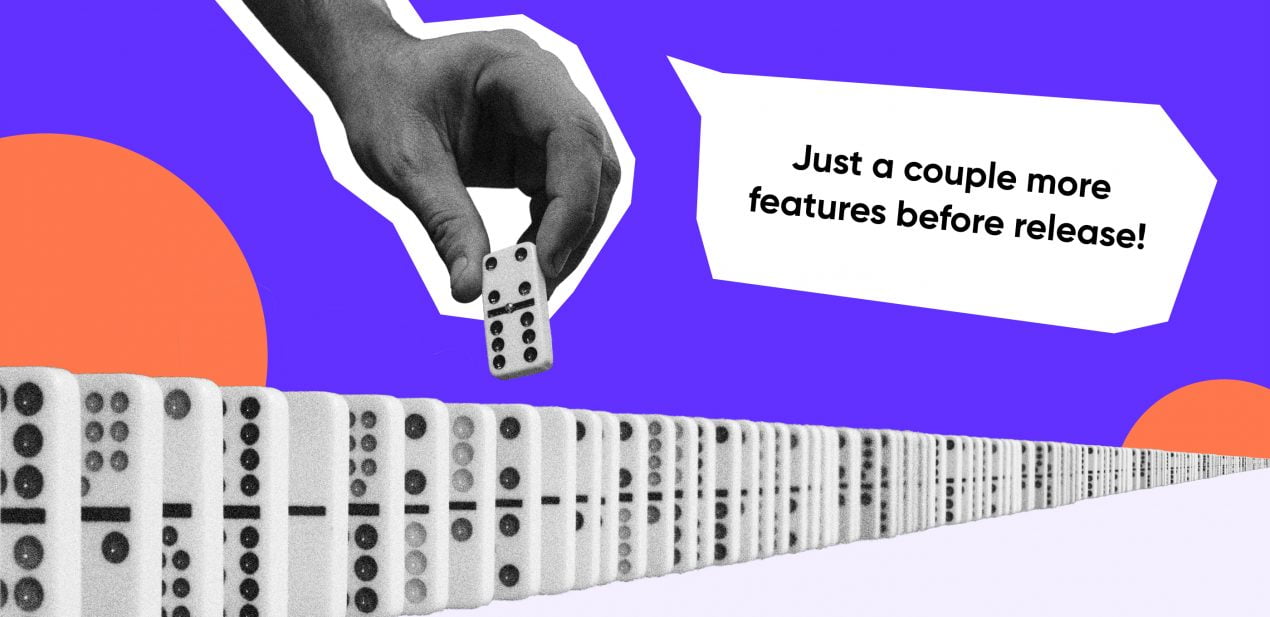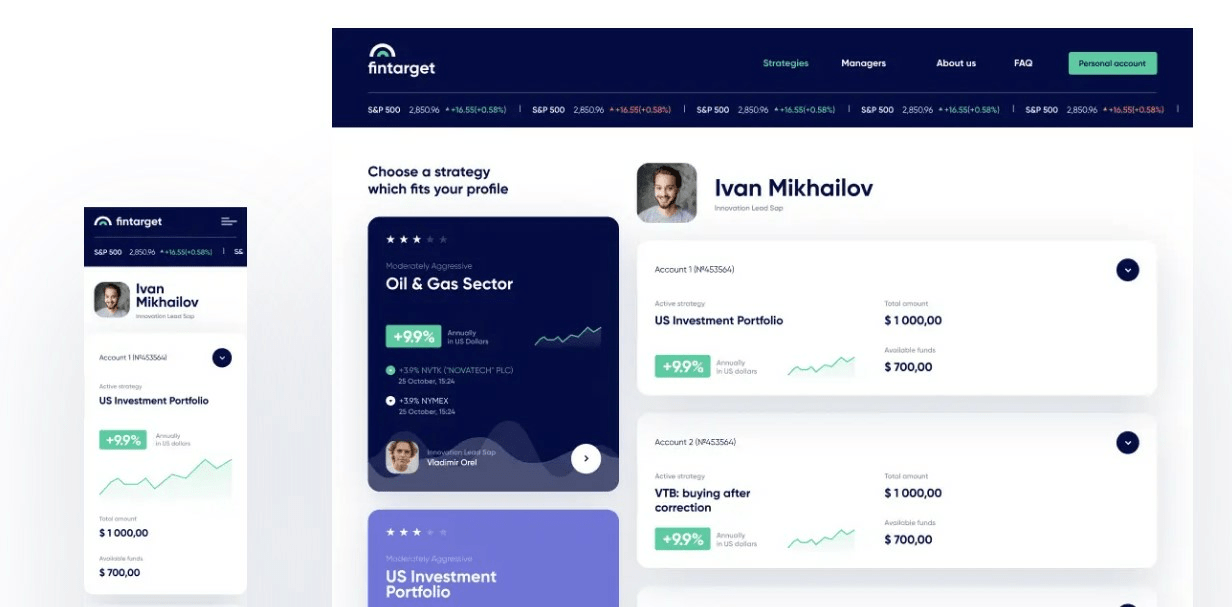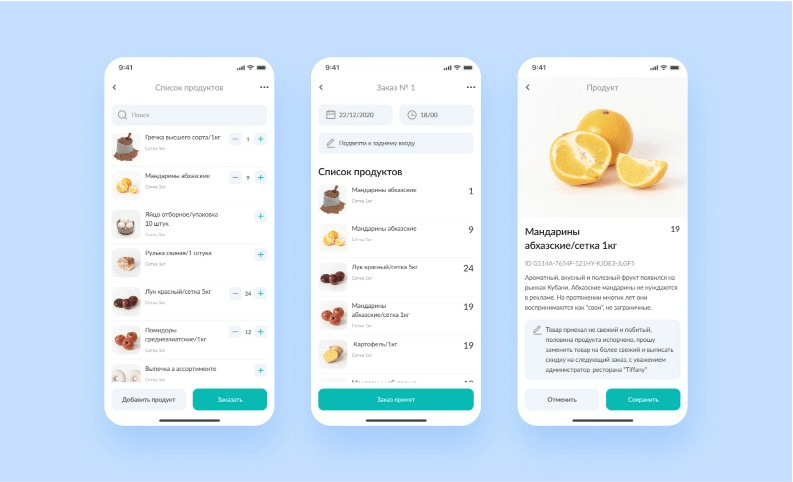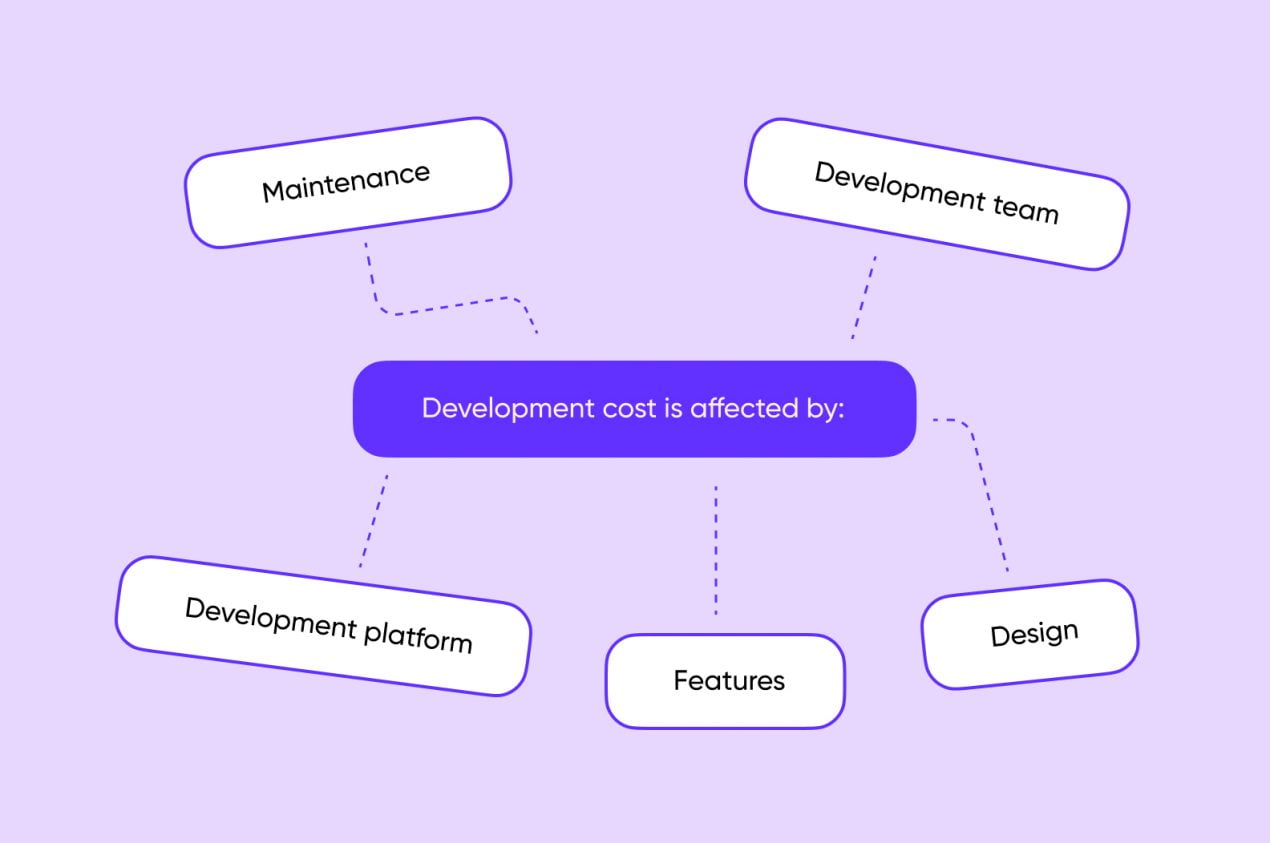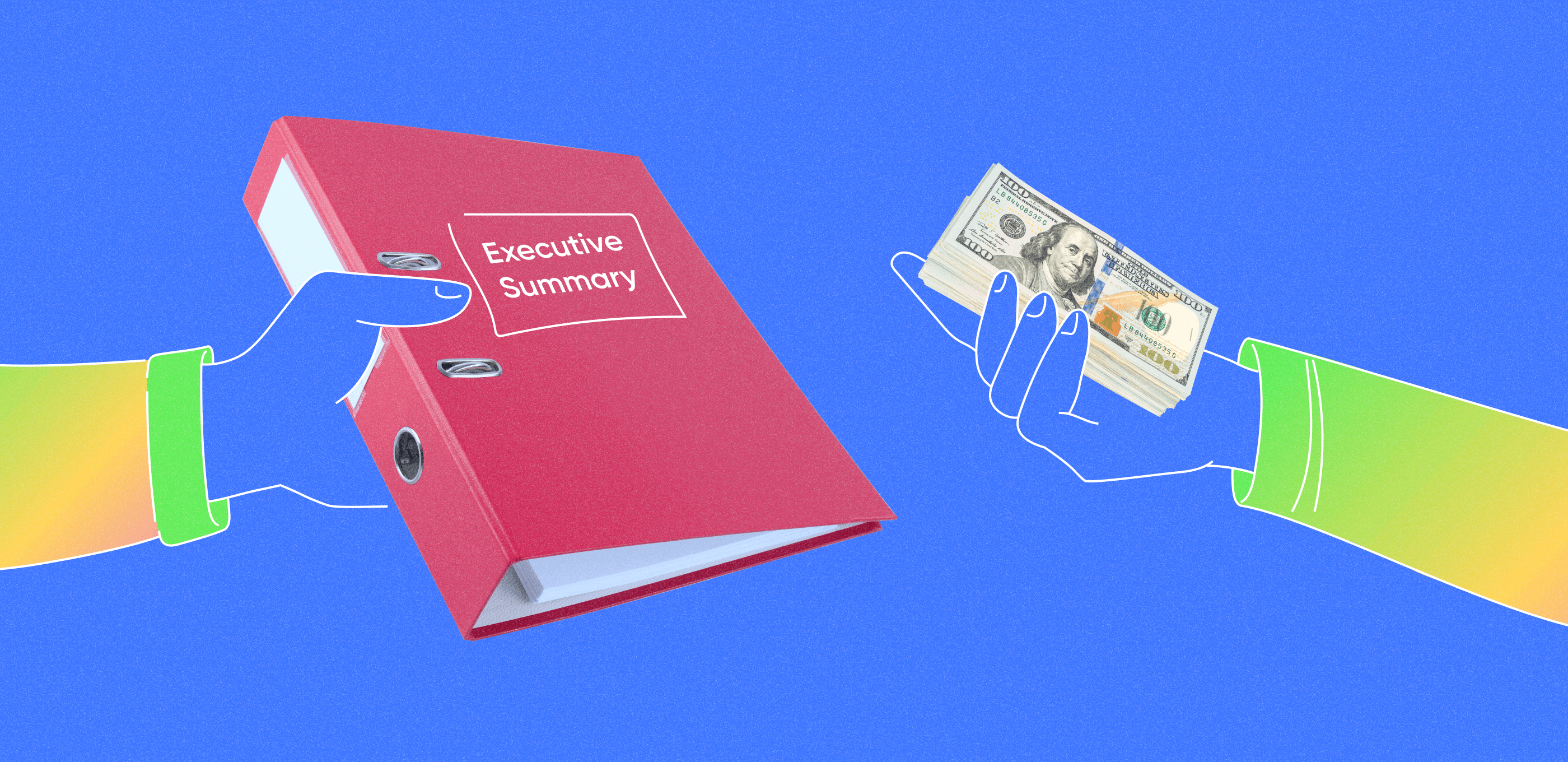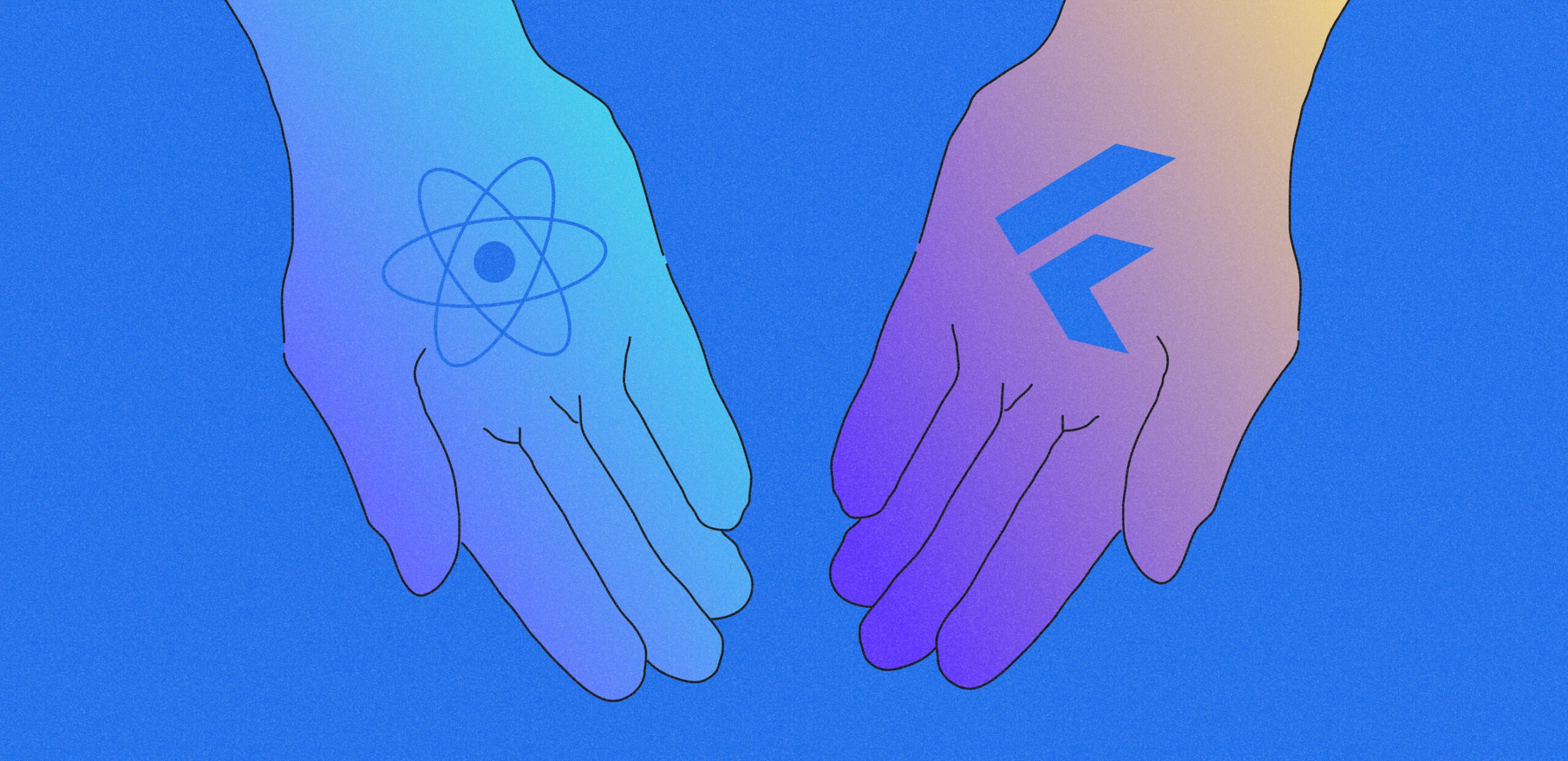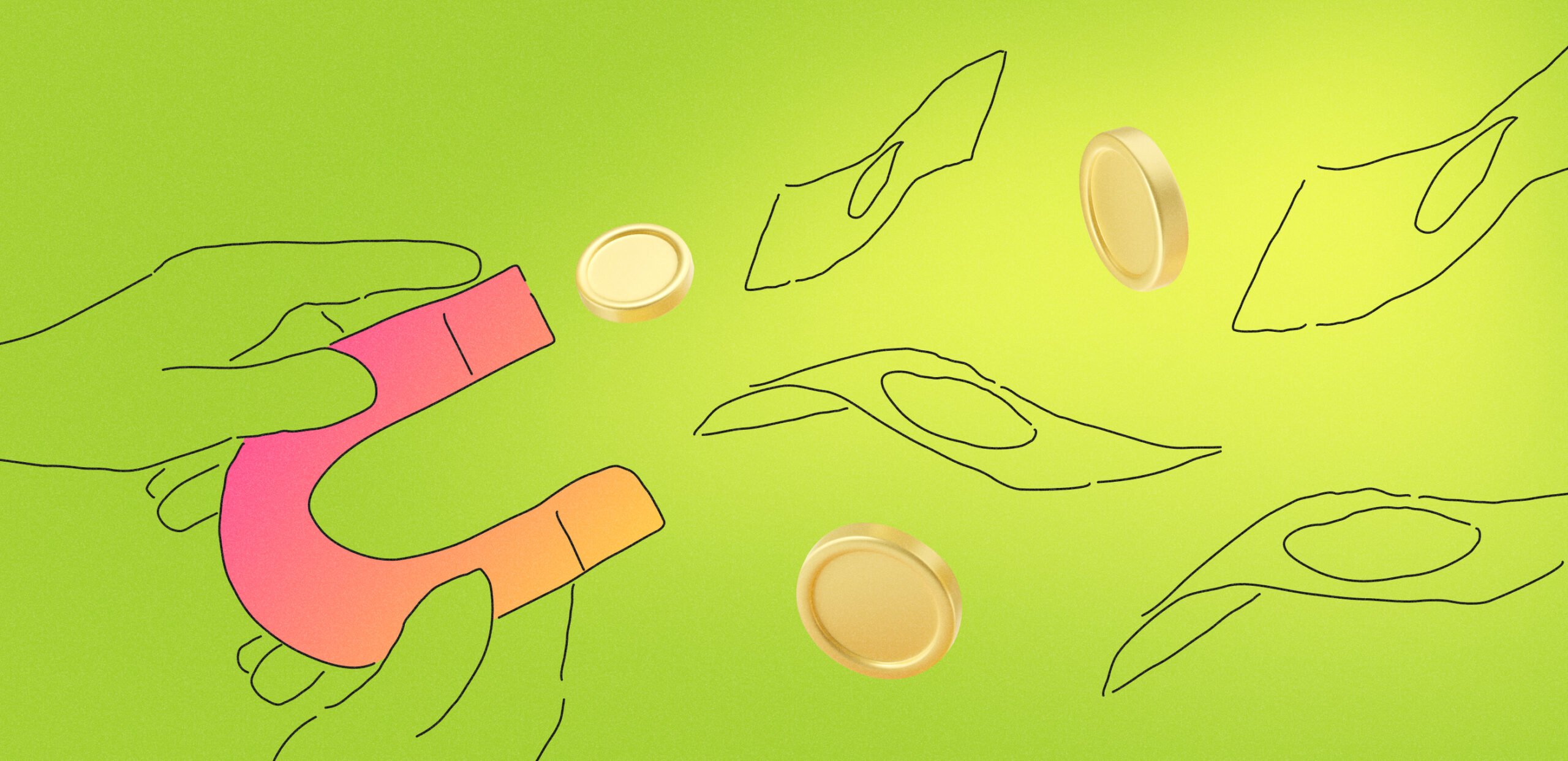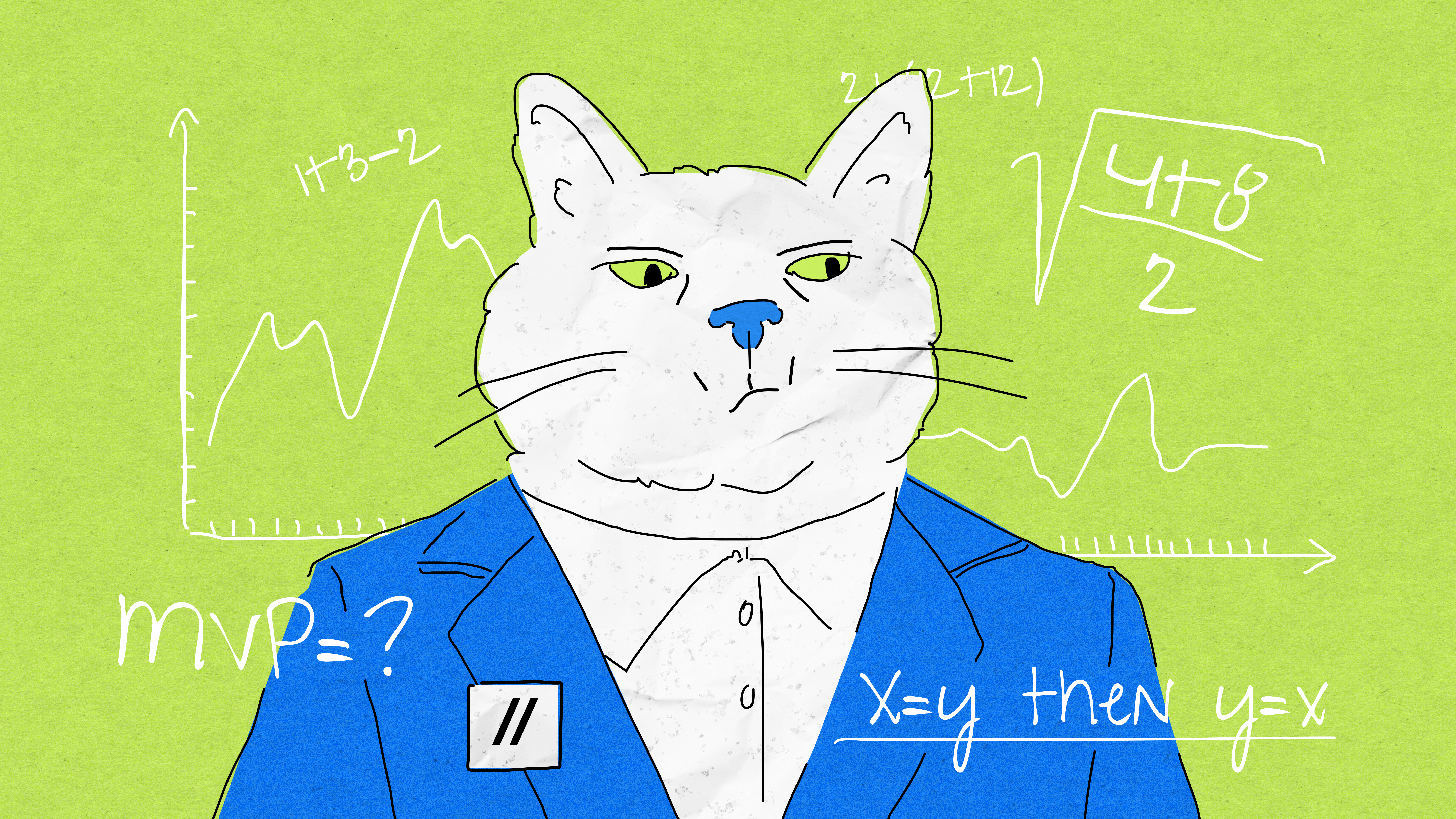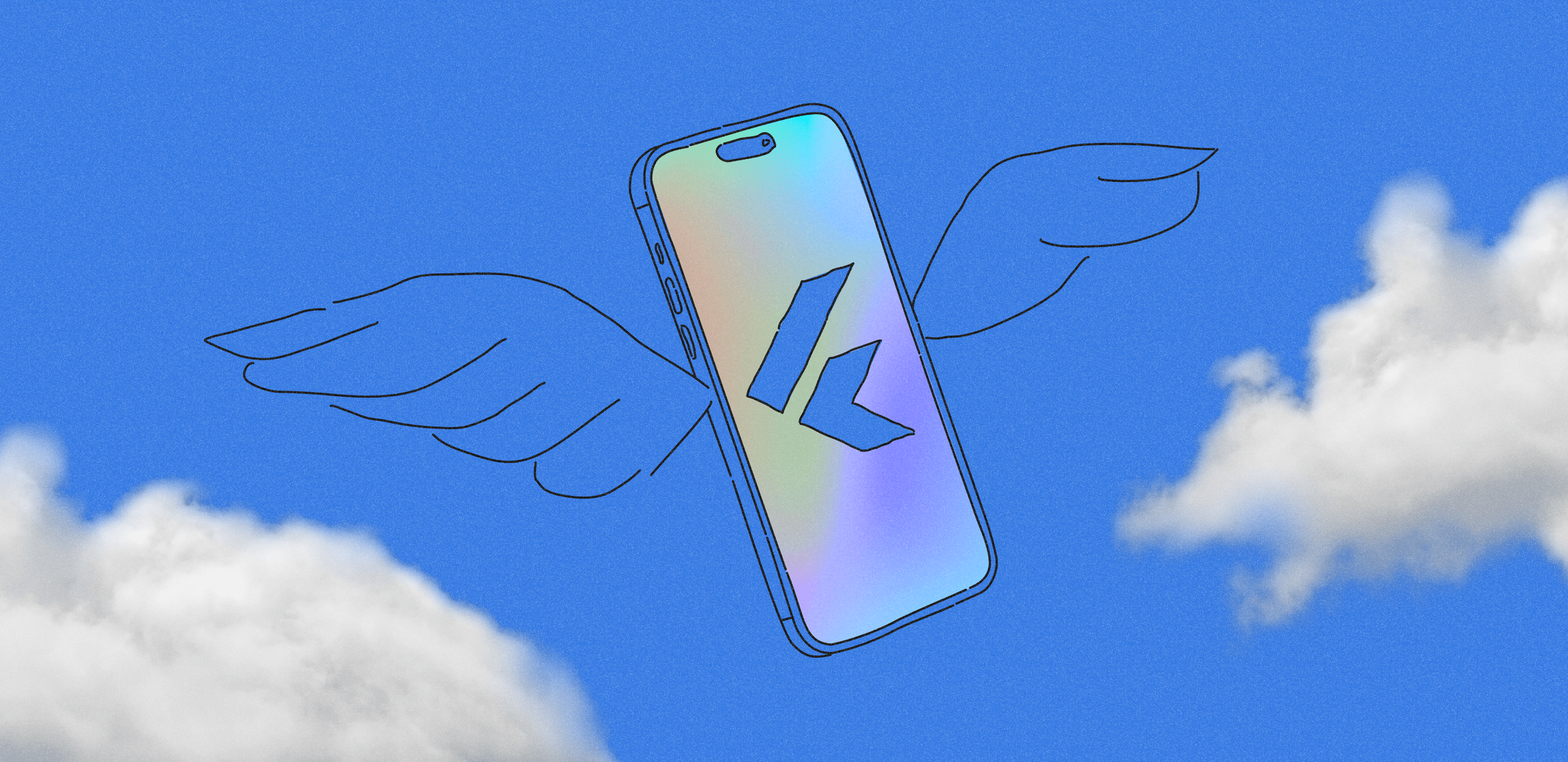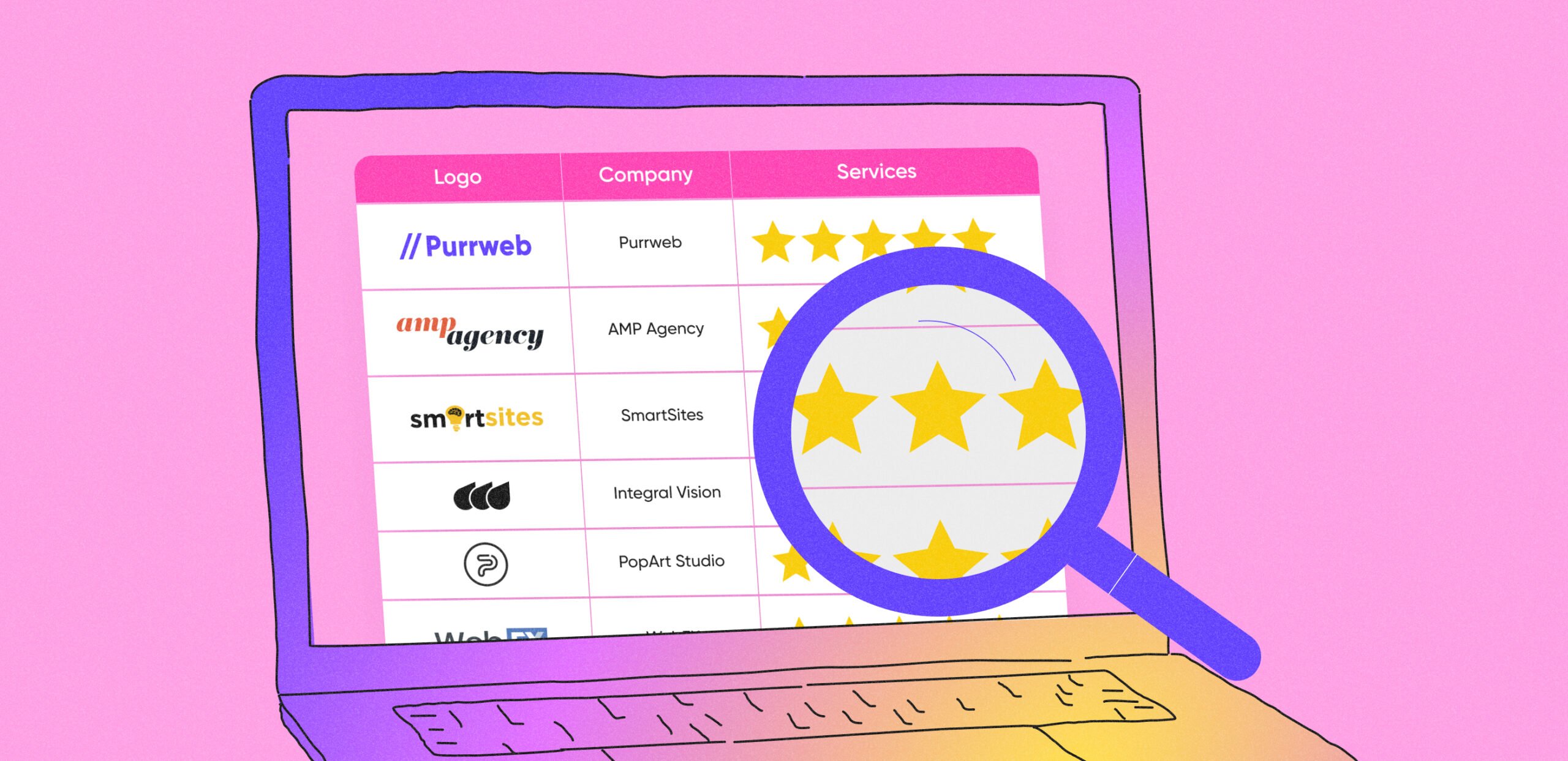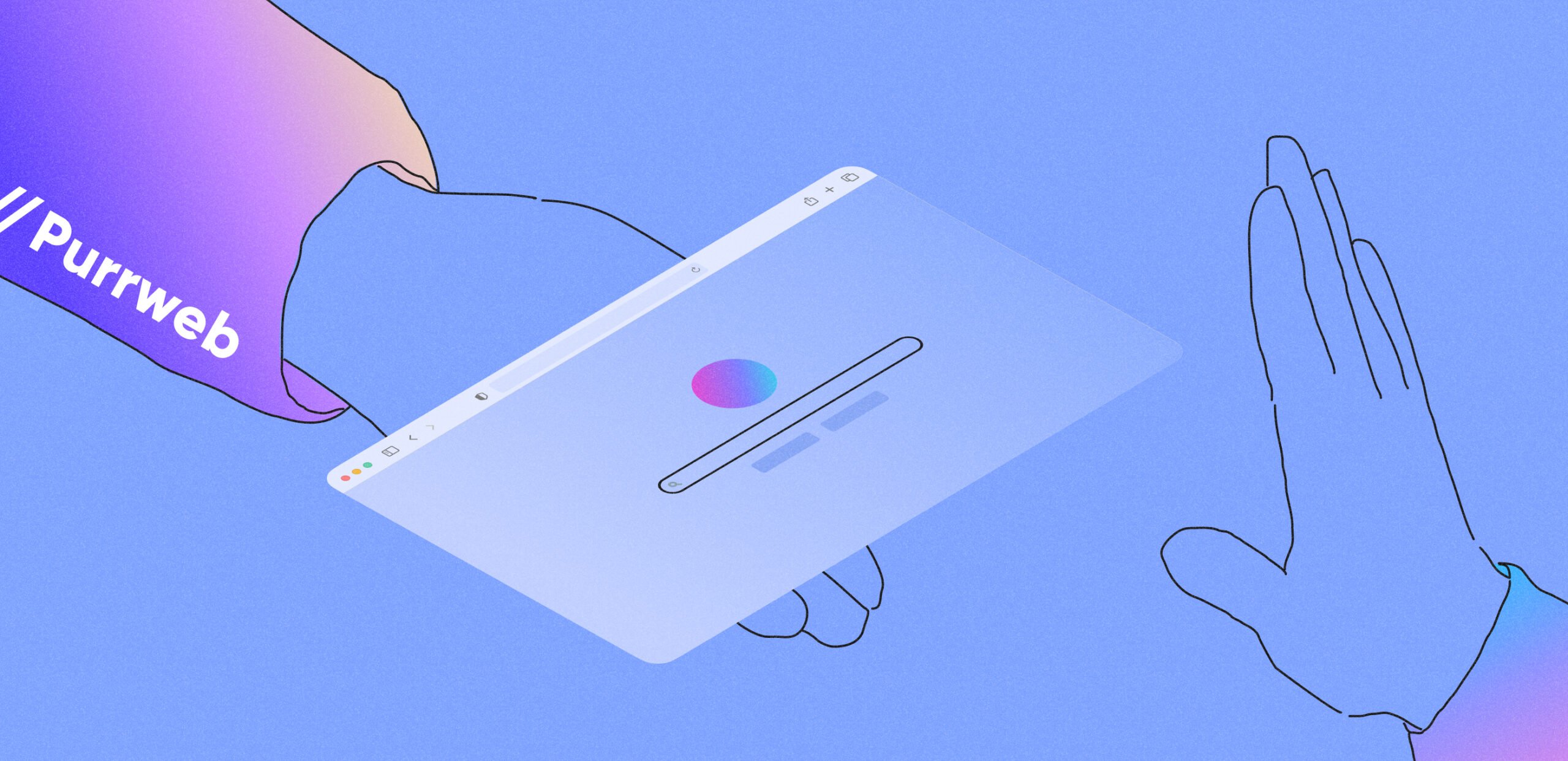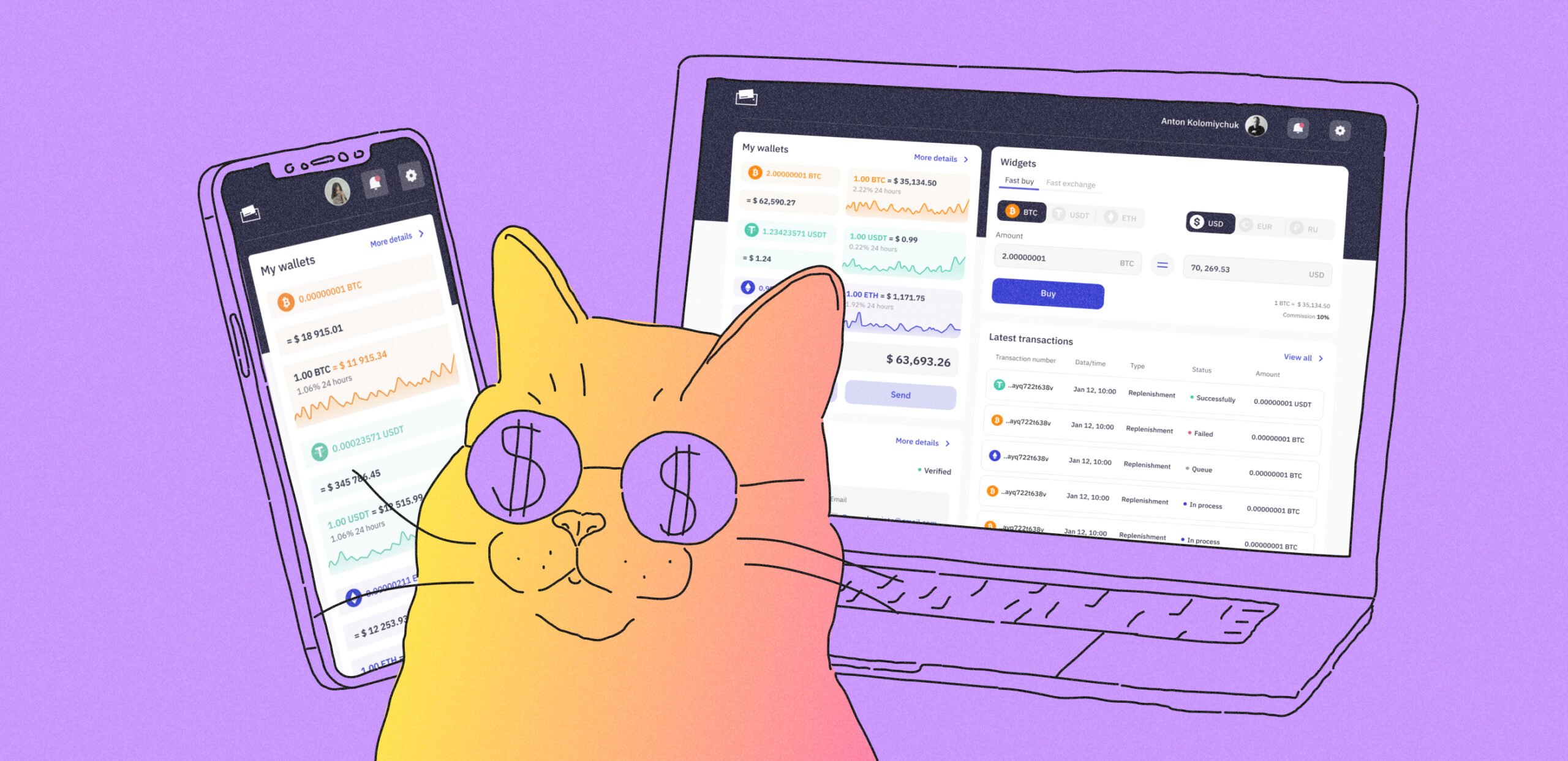We will talk about:
-
- what kind of features and benefits custom mobile apps have;
- how to use custom mobile apps for your business needs;
- traits and cost of custom application development.
Comparison of ready-made and custom solutions
What does the ”custom” mean? The name speaks for itself: a custom app is an application created specifically for your startup or business. Custom app development is obviously labour-consuming. But, it’s also rewarding as your possibilities are only limited by your imagination. And business needs. And budget. Of course, there are other options to make apps besides custom software development. The ready-made apps, also known as out-of-the-box software, can be an alternative.
For example, eCommerce projects created using the Shopify platform are one of the most popular out-of-the-box solutions today. Shopify provides app development services and requires minimal effort and almost zero website-building skills. Also, you don’t have to worry about programming, hosting, or purchasing a domain through a reseller. At the same time, a large share of the eCommerce market is occupied by companies with custom applications: AliExpress, Amazon Shopping, Wildberries, etc.
Of course, there are a lot of cases where out-of-the-box solutions will do the trick. But sometimes, your business requires the creation of something unique, and then, you need a custom app development. Here is a comparison chart with the pros and cons of both kinds of solutions:
Ready-made:
| Benefits | Drawbacks |
| ✅ Quickstart. Order-to-launch — from 2 to 8 weeks
✅ Fits smaller budgets. Prices start from $35 per year ✅ Allows quick discovery if there is a demand for an app ✅ Low effort investment |
❌ Hard to create a truly unique application
❌ Becomes obsolete quickly and can’t be adapted to the market ❌ Bad conversion due to the inconvenient UX ❌ Pitfalls with payment and platform changing ❌ The code doesn’t belong to you |
Custom:
| Benefits | Drawbacks |
| ✅ Top-notch conversion because of better user-friendliness
✅ Uniqueness as a competitive advantage ✅Lower risks: code belongs to you and does not depend on third-party developers ✅ Fast implementation of your own custom solutions ✅ Free to use new technologies and follow high-tech trends |
❌ High price
❌ Needs time to start. Since the application is created from scratch, it may take from 3 months to launch ❌ Maintenance and update services are paid additionally |
Custom apps: benefits for business
It is actually easier to say who doesn’t need mobile and web apps than who does these days. Even the government, grocery stores, and post offices do.
If you’ve got an idea for a startup, it is better not to hesitate as this suggestion could have visited several heads. Maybe it’s too late, and someone has already taken the niche. Therefore, it may seem that a ready-made solution is the best choice because it is faster and cheaper. And yet, we claim that custom app development might be better for business. Why?
Security and protection
Data protection is a crucial aspect of the app development process. If you let data leak, you lose your audience. After all, users’ trust is easy to lose.
The problem with many out-of-the-box security measures is that these measures are common solutions used by several companies. For sure, this will stop some hackers. But if there is a known exploit, it only would be a matter of time before your data becomes public.
Scaling possibilities
Every business person wants their business to grow. This growth includes an increased volume of clients and sales. Unfortunately, more often than not, out-of-the-box apps are not supposed to scale. And it’s fine if you are not chasing the goal of becoming a big corporation. But if you are preparing in advance, it is much better. During the custom mobile app development, scalability may be kept in mind.
Transparent development and maintenance
Some companies selling out-of-the-box apps claim that support is included in the price. However, they are silent about the fact that support may be limited. If problems arise after you try to customize the app, you will simply be offered to get rid of customization and use a “clean” product.
The company or startup where you bought your application may simply cease to exist. Support of the finished application by third-party developers will result in money and time for you and headaches for your new programmers.
When you request the custom app, you have two options. You could include maintenance in the contract and forget about this problem, as nobody knows the app better than its development team. Or you could part ways with the development team. Just be sure to get detailed documentation from the app development services team so the next team working on the app won’t have issues.
Specialties and features
On the other hand, nobody knows your business better than you. You know your competitors and your target audience. You know the advantages of your app that need to be emphasized. Which is not an easy task for common out-of-the-box solutions. Since they are common, they fit all but aren’t tailored to you in particular. If you want to stand out in the market, you need more personalization and your very own features. Both of these can be obtained with custom mobile app development.
Сustom mobile app development will help to create killer features. For example, Spotify has taken a leading position in the niche of music applications. Unlike Apple Music, Spotify is closer to a social network — through a general search, you can find playlists of other users. And do not forget about the perfect music recommendations powered by deep learning.
What is custom design for
The role of designers in a custom app development team is crucial.
Even if your app does incredible things and performs its purpose perfectly, no one will download it if it’s uncomfortable to use.
The design of any product requires a holistic approach, connecting core audience needs and business goals. It is important to make the user experience pleasant and intuitive. So, the designer’s role in the app development service is to create both commercially viable and user-friendly design. Being user-friendly is the key to a successful startup. There are dozens of variables and parameters that should be taken into account. Such as a color palette that matches the app’s purpose, pleasing animations, and convenient button positions.
UI design
UI (User Interface) design visualizes the working prototype of the app. Work on the graphical basis of the user interface includes many aspects, such as:
-
- menus
- fonts
- animations
- sliders
- photos/illustrations
- buttons
A good designer can do all these at a high level, even for ready-made apps. But they cannot take your audience into consideration during UI development. Their only goal is to make a one-size-fits-all good-looking app.
For designers in app development services, a good-looking app is just a side effect of fulfilling their main priority: the interface should be clear to the user. Also, custom UI design gives you the opportunity to make a good first impression, which is incredibly important.
Let’s take a look at our project Grecha.pro — the B2B supplier management app for restaurant owners. There were two main client requirements: the functional convenience of the Telegram app and the Tiffany Blue color. Since the customer did not have a brand book, we developed a startup identity based on these requirements, using buckwheat grain as the main association.
UX design
User experience is pretty close to UI and always developed side by side. But if a UI is “how the app looks”, UX is “how it works and feels”. Here are some of the UX design aspects:
-
- interaction design
- visual design
- information architecture
- interaction between the user and device
A good UX design accounts for the app’s adaptivity, functionality, and spectrum of user’s emotions during interaction with it. The user shouldn’t wonder, “What should I do here to get the result?” The more intuitive and understandable your app is, the better the UX designer did his job. The more comfortable the user experience is, the more your client trusts you.
A successful MVP (minimum viable product) will become a solid basis for the growth and evolution of the application because it does not have to be “reinvented”. So, the whole mobile app development depends on UX design that is tailored to the needs of your business and your customers.
The other thing designers are responsible for — monitoring the analytics and thinking through connections between interface elements.
One more important function of custom UX design is to create something different from all alike solutions presented on the market. Individual features that will help you to stand out from others. Custom mobile app development will save your project from fading into the sea of monotonous ready-made solutions.
The Slack app is a good example since every solution is tailored to the needs of the target audience. It doesn’t even ask you to create a password in the beginning. Then, you can make task lists, changes to your project, and publish materials.
In Slack, thanks to the resizable sidebar, all important information remains in plain sight. The shortcut button makes navigation easy. Mentions and reactions to posts, files, people, and apps can all be coordinated into portable sections in the sidebar. The appearance of the application can be customized by choosing one of the three proposed themes.
Custom mobile application types
At the very beginning of custom app development, there is one important question that should be answered: what platform the application will run on. This question is fundamental as depending on the answer, the whole development process, and project’s budget will be different.
There are three options: cross-platform, native, and hybrid apps. Each approach requires a specific set of tools that are most suitable for writing code, designing an interface, debugging, monitoring all processes, and building the final version of the application. All approaches have their advantages and disadvantages for users and developers.
|
Mobile apps can be |
||
| Native:
created for a specific platform: iOS or Android |
Cross-platform:
created for multiple platforms |
Hybrid:
web apps in a native app shell |
| Better for apps with a lot of complex features
Easier to implement innovative killer features Faster performance. Most noticeable in the case of AR/VR |
Faster than native development
Cheaper than working on iOS and Android versions separately Perfect for launching MVPs |
The cheapest option
Poor adaptivity Poor performance |
For most startups, cross-platform is a great solution because of its cost, wider audience, and development speed.
Custom mobile app development stages
The development process is bound to vary between different agencies. What we can talk about is the development stages at Purrweb. Our agency creates a minimum viable product (MVP) — it is a fully developed application that contains all the necessary features. This is a ready-to-use app which means you can collect feedback from users. Also, you can gather analytics or app demographic data, edit your strategy, and tweak the application if necessary.
Here are the stages that all our app development company’s projects went through:
1. Additional analysis
Usually, customers do primary analysis before coming to us, but a more detailed market investigation should be delegated to specialists. We will help you decide on a market niche for your product, adjust your target audience, and offer the most suitable monetization model.
2.UI/UX design
The first task of the UI/UX designer is to create a mindmap — it indicates the main blocks and elements and shows the interaction between them. After that, the designer’s job is to visualize the blocks that the UX part came up with. At this stage, the application takes on its appearance. This is how a wireframe — a low-fidelity design image is made. It should clearly show:
-
- General content (What?)
- Information structure (Where?)
- Description and basic visualization of the interaction between the interface and the user (How?)
After that, the designer can start working on the project concept and UI kit — it’s a set of UI components with all states and use cases like buttons or fonts that we were talking about above.
Before the UI/UX stage, we give a rough development cost estimation. After this stage, you can get the corrected development cost based on the final design.
3. Frontend and backend development
The frontend developer is responsible for the part of the app that is visible to users, that is for the app to be adequately displayed on any device and browser. At this stage, micro-interactions are created: animations, loading and clickability of elements.
The backend is the core of any application, its brain. Whatever the frontenders do with the app, it won’t work without a good backend. Here, developers establish links between application components and external services, such as payment systems, mail, and social networks. Now, the mobile app development is done.
4.Testing
An essential component of custom app development. Testers find hidden bugs and weak spots so that the app can work as intended. Thanks to them, you can release a high-quality product to the market. This stage goes in parallel with development. Programmers add features, the testing team checks any aspect of interaction with it.
5. Release and post-release support
The application can be launched for users. However, the app development team does not stop working on the project after the release — it enters the support stage. We ensure the reliable operation of the application, respond to user reviews and complaints, adapt it, and add new features.
Custom development costs
The cost of the custom mobile app development is an important factor. Sometimes, it can be decisive. Many startuppers think about the cost of their projects at the planning stage. Let’s not argue — the issue of financial distribution plays an important role and can be quite painful. But in most cases, the answer to it will begin with “it depends on…”. Here, we will try to explain what affects the final cost of development.
Features
Often, the application’s features which seem ordinary to us, present a serious task for the developer. For example: AR/VR, voice control, and blockchain. The more such functions you include in your project, the higher the cost of app development services will be.
Design
We have already talked a lot about this process. Let’s just say: the structure of the application directly affects its budget. The larger the application (that is, the more screens, buttons, and user interactions), the higher the budget.
App development team
The cost of the project also depends on the number of teammates involved in the process. Small applications can be developed by a small crew — so you save money. A large project requires a lot of human resources, and you need to be prepared for this. Also, professionalism and the app development company’s location matter. For example, a custom mobile app development team from Russia can make a product of the same quality as developers from the USA for a lower price.
Cross-platform app development
We create cross-platform apps to save you time when you hit the market. Such development is less expensive than creating native applications separately for iOS and Android.
Maintenance
When the application is released, it seems that the costs should come to an end. But this is not the case: there is monitoring, bug fixing, and refinement of your MVP. At this stage, the support team and the developer work to collect data and fix bugs. You can leave it to us or continue your project with another crew.
So, to estimate the final cost
Bottom line: it’s hard to estimate custom mobile development costs — hence it’s “custom”. The average price for a dating app or marketplace is about $80,000 – $100,000. But it’s very adjustable and depends on many factors, such as features or design solutions.
So yes, app prices are complicated. However, if you already have a plan and know exactly what you need, we will be glad to help.
We will gladly carry you through all of the stages if you order the mobile app development at Purrweb. Fill in the form below, and we will contact you within 24 hours.

